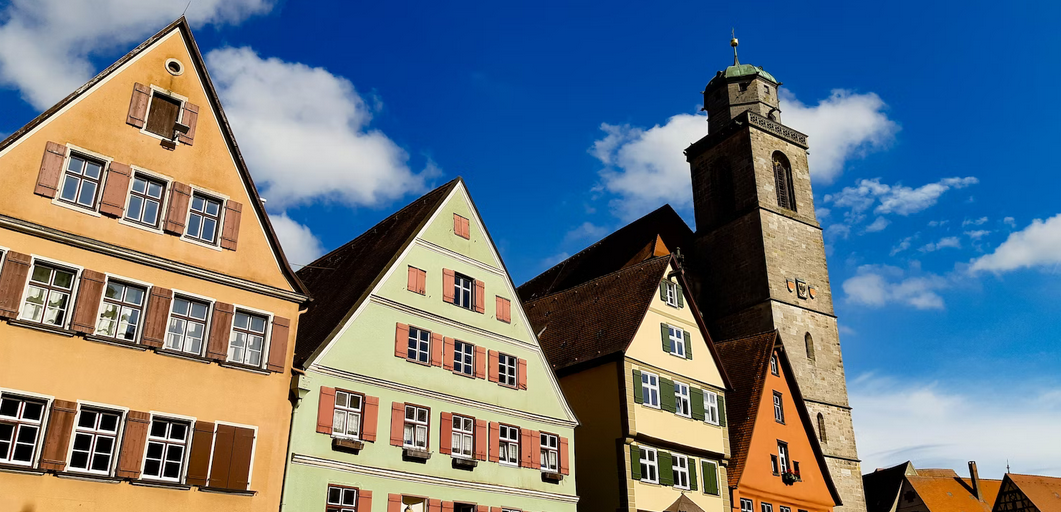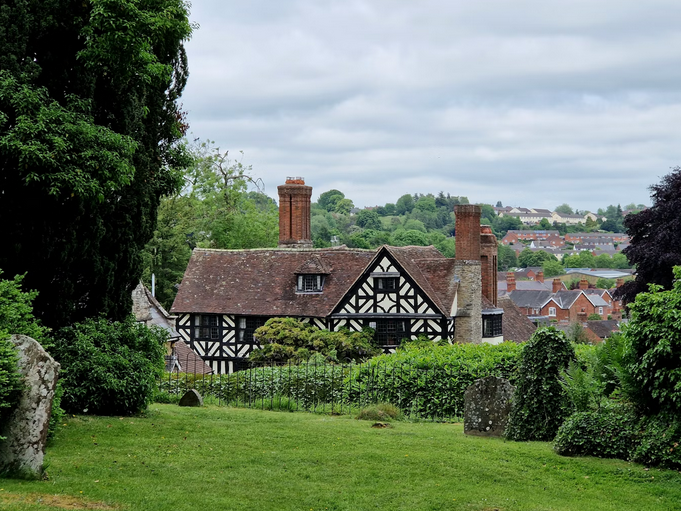The Influence of German Culture on Home Design and Architecture

Home design and architecture are fascinating expressions of culture, reflecting the values, history, and traditions of a society. German culture, with its rich heritage and unique characteristics, has greatly influenced various aspects of home design and architecture across the world. From the trends from private-immobilienangebote.de to the sleek, minimalist Bauhaus style, German influences can be found in both traditional and modern designs. In this article, we will delve into the key aspects of German culture that have shaped home design and architecture and explore some notable examples.
Efficiency and Functionality
German culture emphasizes efficiency and functionality in many aspects of life, and home design is no exception. German homes often prioritize practicality and seamless organization, creating spaces that are highly efficient and conducive to daily living. This influence can be seen in the concept of “form follows function,” prevalent in German architecture, where the design of a building or space is determined by its purpose and intended use.
Half-Timbered Houses

One of the most distinctive features of German home design is the charming half-timbered houses, known as Fachwerkhäuser. Dating back centuries, these houses showcase a beautiful combination of exposed wooden beams and plaster or brick infill. The decorative elements on these houses, such as intricate carvings and colorful facades, add character and uniqueness. Today, many homeowners around the world incorporate elements of the half-timbered style in their homes to evoke a sense of old-world charm.
Bauhaus Movement
The Bauhaus movement, which originated in Germany in the early 20th century, had a profound impact on modern home design and architecture. This influential design school, led by renowned architects and designers like Walter Gropius and Ludwig Mies van der Rohe, embraced simplicity, clean lines, and a focus on functionality. The Bauhaus principles, with their emphasis on combining art and technology, have influenced modernist architecture all over the world. The sleek, minimalist designs that originated from this movement are still widely admired and imitated today.
Sustainable Design
German culture places a strong emphasis on sustainability, and this commitment to environmental consciousness has influenced home design practices as well. With a focus on energy efficiency, natural materials, and eco-friendly construction methods, German homes often integrate sustainable features like solar panels, green roofs, and efficient insulation. This dedication to sustainability is reflected in the design choices of modern German architects, who strive to create homes that have minimal impact on the environment.
Open Spaces and Connection with Nature

German homes tend to prioritize the connection with nature, frequently incorporating large windows, balconies, and outdoor living spaces. The concept of “Gemütlichkeit,” which roughly translates to coziness and comfort, is an essential aspect of German culture and often translates into creating inviting and warm living spaces. The integration of indoor and outdoor areas, such as garden courtyards and covered terraces, allows residents to enjoy nature while maintaining a sense of privacy and security.
The influence of German culture on home design and architecture is undeniable, from the timeless charm of half-timbered houses to the sleek, functional aesthetics of the Bauhaus movement. German design principles emphasize efficiency, functionality, sustainability, and a strong connection with nature. As we continue to embrace and draw inspiration from different cultures, it is fascinating to see how German influences have shaped and continue to shape home design and architecture worldwide. Whether you are a fan of traditional or modern styles, there is no doubt that German culture has left an indelible mark on the world of home design.…


